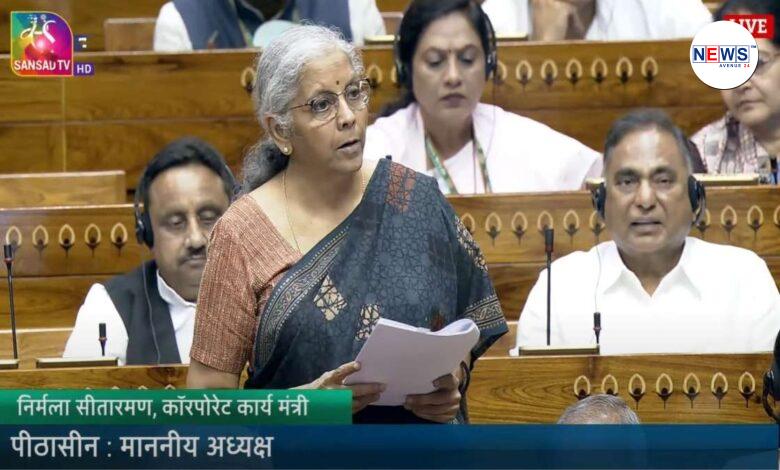
Economic Survey: Sitharaman says economy likely to grow at 6.5 to 7 per cent in FY25 | Key highlights
Finance Minister Nirmala Sitharaman tabled the Economic Survey 2023-24 in the Parliament on Monday. Here are the key highlights of the Survey.
Parliament Monsoon Session: Union Finance Minister Nirmala Sitharaman on Monday (July 22) tabled the Economic Survey along with the statistical appendix 2023-24 in Lok Sabha. The Economic Survey is an annual document presented by the Centre ahead of the Union Budget to review the state of the economy. The document also provides an overview of the short-to-medium-term prospects of the economy.
The Economic Survey is prepared by the Economic Division of the Department of Economic Affairs in the Ministry of Finance under the supervision of the chief economic adviser. The first Economic Survey came into existence in 1950-51 when it used to be a part of the budget documents. In the 1960s, it was separated from the Union Budget and tabled a day before the presentation of the Budget.
Sitharaman will present the Union Budget 2024-25 on Tuesday.
VIDEO | Parliament Budget Session: "A lot of steps have been taken on Ease of Doing Business. Nearly 11 steps have been mentioned in the reply, but most importantly decriminalisation of 63 major offences and as a result of which companies today are able to carry on their… pic.twitter.com/JFzQozOnyG
— Press Trust of India (@PTI_News) July 22, 2024
Key highlights of the Economic Survey 2023-24
Economic Survey 2023-24 conservatively projects a real GDP growth of 6.5–7 per cent in FY25, with risks evenly balanced, cognizant of the fact that the market expectations are on the higher side.
The RBI and the IMF have projected that India’s consumer price inflation will progressively align towards the inflation target in FY26. Assuming a normal monsoon and no further external or policy shocks, the RBI expects headline inflation to be 4.5 per cent in FY25 and 4.1 per cent in FY26. IMF10 has projected an inflation rate of 4.6 per cent in 2024 and 4.2 per cent in 2025 for India.
Remittances to India to grow at 3.7% to USD 124 billion in 2024, 4% in 2025 to reach USD 129 billion.
As much as 54 pc of disease burden due to unhealthy diets; need transition towards balanced, diverse diet.
Increased FDI inflows from China can help India enhance participation in global supply chain, boost exports.
AI casts huge pall of uncertainty with regard to impact on workers across all skill levels.
Short-term inflation outlook benign, but India faces persistent deficit in pulses and consequent price pressures.
Capital markets becoming prominent in India’s growth story; mkt resilient to global geopolitical and economic shocks.
As financial sector undergoes critical transformation, it must brace for likely vulnerabilities originating globally or locally.
Power is a prized possession of governments; it can let go of at least some of it and enjoy the lightness it creates.
Tax compliance gains, expenditure restraint, and digitisation help India achieve fine balance in govt’s fiscal management.
India’s banking and financial sectors have displayed a stellar performance in FY24.
In FY24, the Central Government’s timely policy interventions and the Reserve Bank of India’s price stability measures helped maintain retail inflation at 5.4 per cent – the lowest level since the pandemic.
The decrease in retail inflation in FY24 was driven by a fall in core inflation – both goods and services. Core services inflation eased to a nine-year low in FY24; at the same time, core goods inflation also declined to a four-year low.
Food inflation stood at 6.6 per cent in FY23 and increased to 7.5 per cent in FY24.
In FY24, most States and Union Territories witnessed decreased inflation rates, with 29 out of 36 recording rates below 6 per cent – consistent with the overall decline in all-India average retail inflation compared to FY23.
India needs to generate 78.5 lakh jobs in non-farm sector annually till 2030
News Source:- INDIA TV





